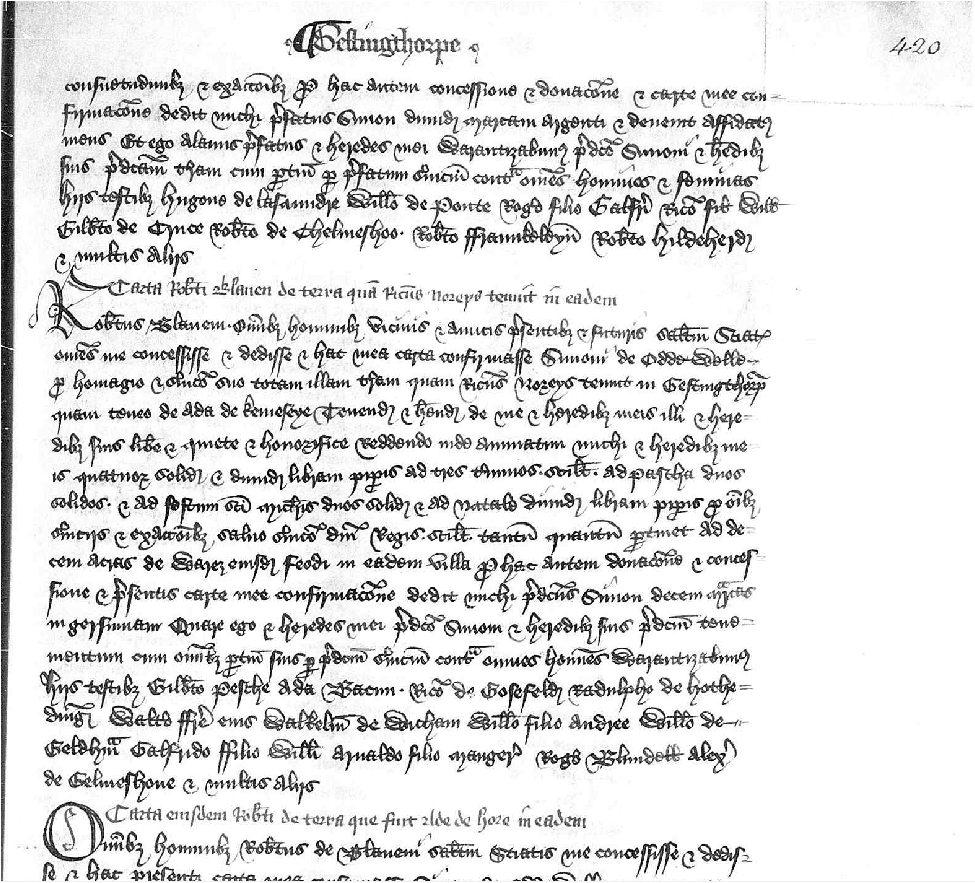This new public model for the recognition of medieval Latin has been released thanks to a collaboration between the Bentham Project of the University College London and the DEEDS (Documents of Early England Data Set) Project of the University of Toronto. What is special: Transkribus can now read the peculiar type of handwritten medieval Latin found in 12th- to 15th- century legal manuscripts. This is “peculiar” because legal Latin is full of idiosyncratic abbreviations and random word hyphenations. It has been created with material from the DEEDS Project at the University of Toronto, established by Professor Michael Gervers in 1975, and later expanded with material from the St Frideswide and Eynsham Abby cartularies, held by Christ Church College, Oxford. More than 140 000 words have been trained and the CER on the Validation Set is 1.71%.
Contact: Chris Riley: c.riley@ucl.ac.uk.

